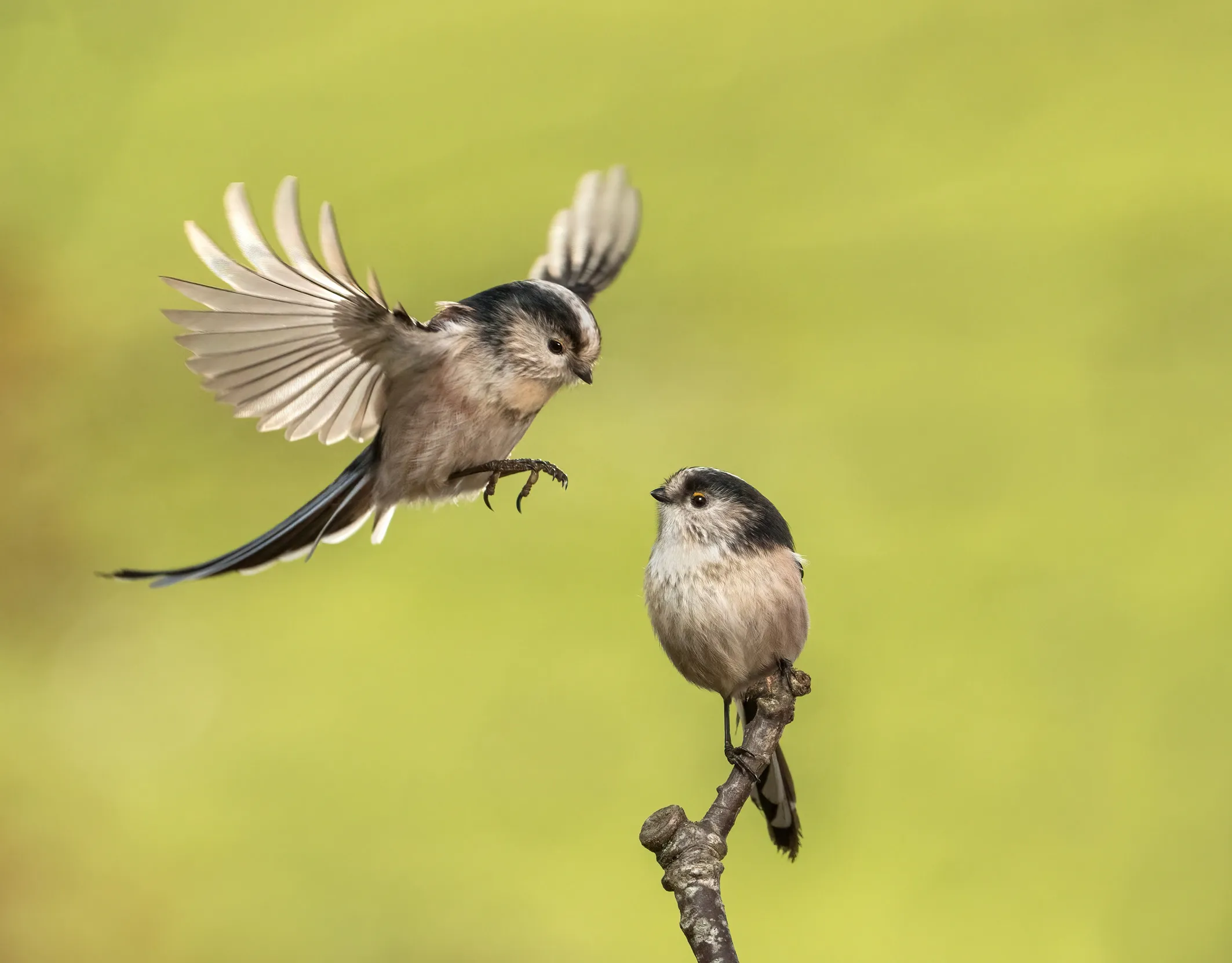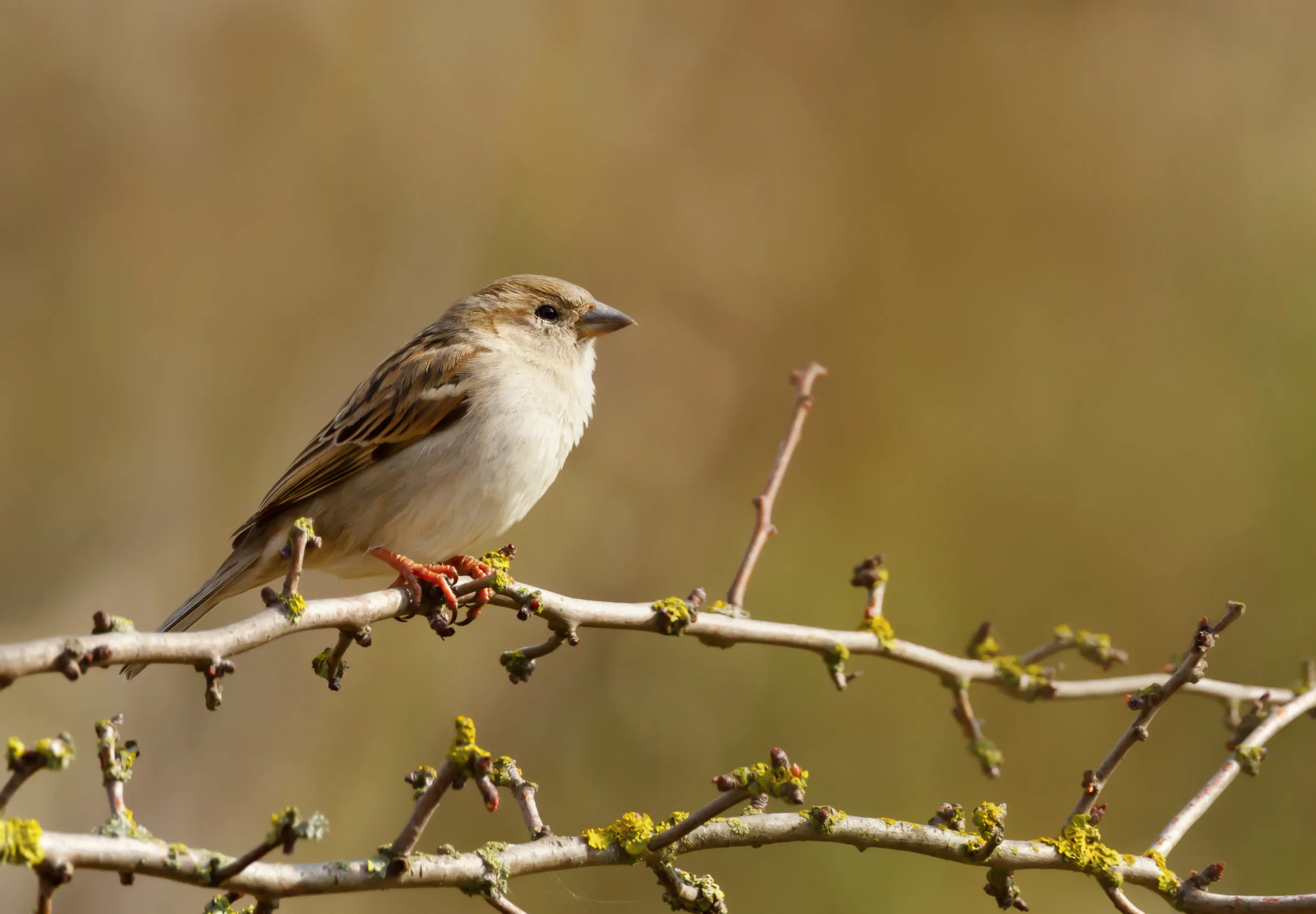Big Garden Birdwatch: why every count matters
UK’s largest citizen wildlife survey.

On this page
It’s 46 years since the first Big Garden Birdwatch.
Last year, over 600,000 people looked out for birds, making Birdwatch the largest citizen wildlife survey in the UK.
Birdwatch is a truly unique collective effort which helps us build the picture of how our much-loved birds are faring.
Good news for Long-tailed Tits...
With a snapshot of how our garden birds are doing each year since 1979, Big Garden Birdwatch shows trends in the numbers of birds counted. More Long-tailed Tits have been counted in recent Birdwatches than previously. They jumped in to the top 10 in 2023 and remained in 10th place across the UK in 2024, moving up to 8th place in Wales. More than a quarter of you reported them in your patch in the 2024 Birdwatch. If you see one, you’re likely to see more, as they often move around in groups. Look out for their very long tail in proportion to their body and listen for their constant calls.

...and Great Tits
Great Tits have also been moving up the table. Now at number seven, counts are up 61% since 1979. Long-tailed Tits and Great Tits both take advantage of bird food provided in gardens, so this is probably the reason why you’ve counted more in recent years.

A sad song for thrushes and Greenfinches
Big Garden Birdwatch was one of the first surveys to alert the RSPB to the decline in the number of Song Thrushes in gardens.
Since 1979 Song Thrush sightings have dropped by more than 85%. First ranked at number 10, in 2024 they came in at number 22. The number of Greenfinches recorded has also dropped by 69%, from number seven in 1979 to number 18 in 2024. Although Greenfinch populations declined in the late 1970s and early 1980s, the 1990s saw a drastic increase, but then a population crash started in the mid-2000s.
The recent drop has been linked to trichomonosis, a parasite-induced disease that prevents the birds from feeding properly. Sadly, this has caused Greenfinches to be added to the red list in the 2021 Birds of Conservation Concern report. You can help stop the spread by cleaning your bird tables and feeders weekly.
Trouble at the top
Another bird that has shown a marked decline is the House Sparrow.
While these cheeky chappies may have ranked number one in the 2024 Birdwatch, a closer look at Big Garden Birdwatch data shows that numbers seen in the Birdwatch have dropped dramatically since the survey began, down 60% since 1979. In fact, the drop in their overall population in the UK, means that they are now on the red list, the highest level of conservation concern.
Understanding the decline
Exactly what is behind the decline is not clear, but together with other scientists, the RSPB is investigating what’s going on.
One project in Leicester found that House Sparrow chicks were suffering due to a lack of invertebrates to eat, while a team from the ZSL Institute of Zoology, in collaboration with the RSPB, found that 74% of London’s House Sparrows carry avian malaria, possibly influenced by our warming climate. There are some signs for optimism though.

Road to recovery
The reasons behind the declines in garden bird sightings are complex and continue to be investigated.
Fewer green spaces, pollution and a changing climate are just some of the challenges faced by many birds. By better understanding what is happening we are better equipped to find solutions. We also know that many garden birds will benefit from any extra help that we give them. Looking back over the last 46 years, one thing Big Garden Birdwatch has revealed is that for some birds, our gardens are increasingly seen as places to find food, water and shelter during the winter.

Take part
We know that many of you who enjoy doing Big Garden Birdwatch also give nature a helping hand through actions such as wildlife-friendly gardening, putting up nest boxes and feeding the birds. And it’s actions like these that really can make all the difference. So take part in the Birdwatch with pride!
Find Out More!

